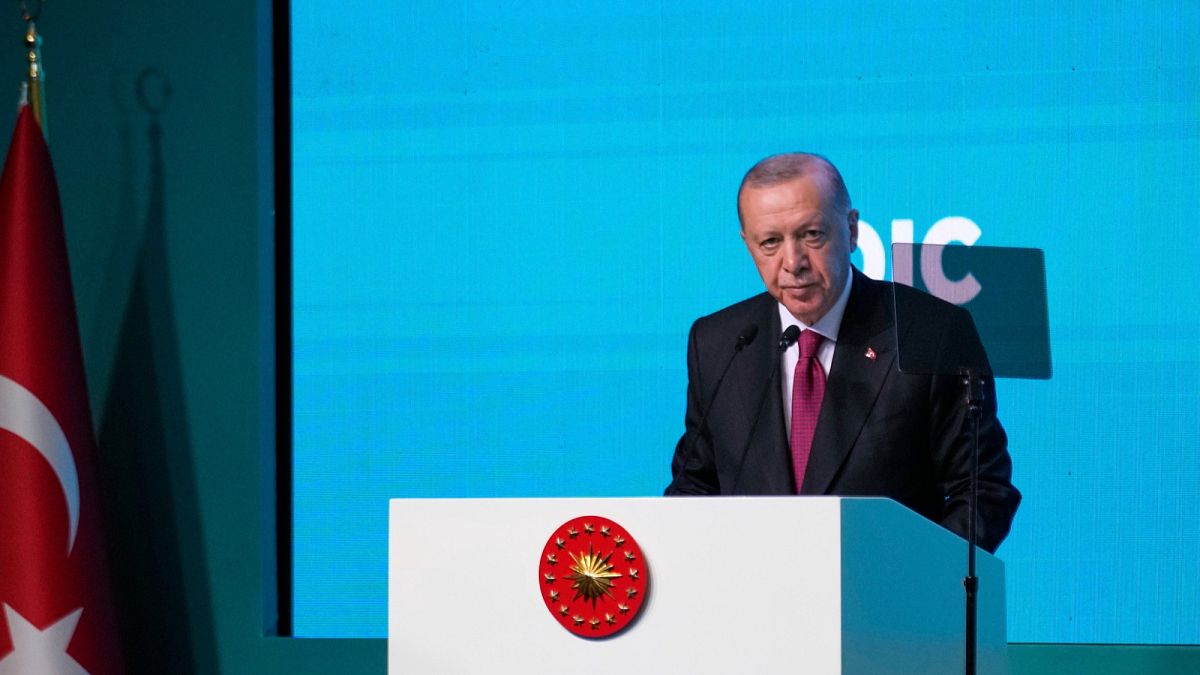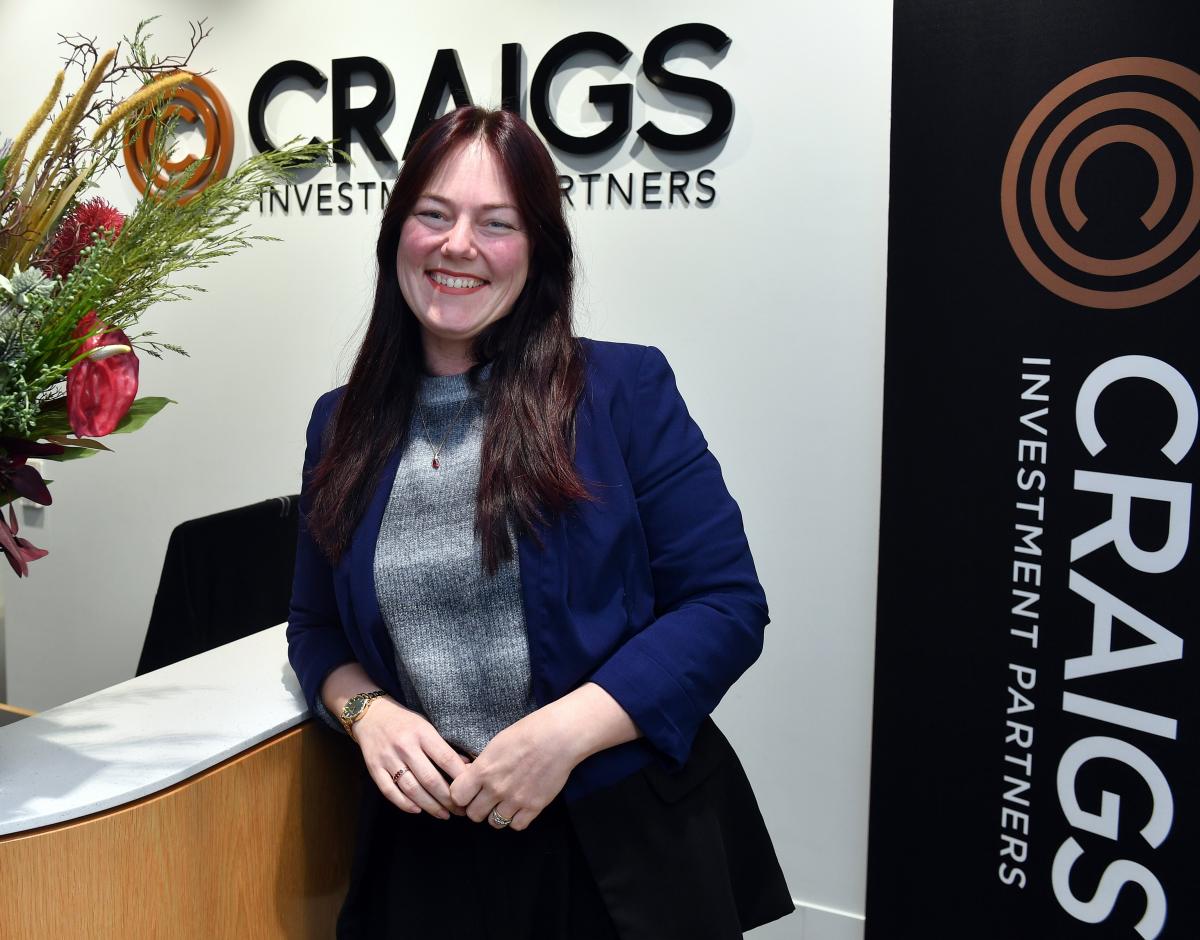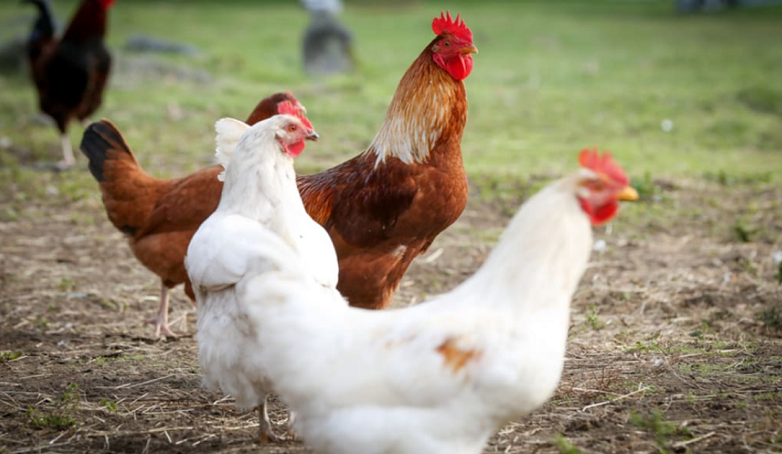KiwiSaver members’ contributions in the March quarter were largely cancelled out by ructions in financial markets.
Morningstar has released its latest KiwiSaver survey, which shows the amount of money in the scheme was about the same in March as it was at the end of last year, at $121 billion.
Most KiwiSaver multi-sector funds made losses in the March quarter, as sharemarkets around the world were hit by the impact of US President Donald Trump’s trade tariffs.
Morningstar noted that while all default funds fell, Simplicity and Superlife fell “noticeably more”.
They are passive managers, whose funds track market indexes.
“The markets went down a smidge and like we do every time we get paid, we put money into KiwiSaver so that’s meant the overall market is about the same size it was when it started,” Morningstar data director Greg Bunkall said.
The report noted Milford had a strong quarter across most risk profiles, trimming its risk exposures going into the market sell off.
“Fisher and ANZ also showed some short-term performance.”
Milford had earlier said it had tried to limit the impact of the downturn on member balances.
The worst performance in the quarter was a 23.1 percent loss in the Kernel Kensho Moonshots Innovation fund, which invests in 17 “disruptive” sectors such as clean tech and cybersecurity.
But Kernel topped the high growth and cash category.
The best was SuperLife’s Europe fund, up 9.7 percent.
As a group, aggressive funds lost an average 3.7 percent in the quarter, growth funds 2.7 percent, balanced funds 1.7 percent, moderate funds 0.6 percent and conservative funds 0.2 percent.
Default funds lost an average 1.7 percent.
On an annual basis, all fund categories were up about 5 or 5.5 percent.
Bunkall said the result was in line with what he would expect for the quarter.
“Most people gauge how they expect their returns to be based on some of the individual headline returns they read overnight from the US markets – KiwiSaver funds, are generally more diversified than this, and invest in many different asset classes, currencies, regions and trends which mitigate lots of the stuff you read online.”
Dean Anderson, founder of Kernel Wealth, said “boring stuff” such as global infrastructure, had done well for investors.
“This is the backbone to our global economy, including exposure to the emergence of AI through the rising demand for electricity and data centres.”
He said the impact of Trump’s tariff policies was a major contributor to the average high-growth KiwiSaver fund being down 3.7 percent over the first quarter.
“This is a normal level of decline and in fact investors should zoom out and realise that they are still, on average, up for the past year, with the top results in line with the long-term averages you’d expect from being invested in shares.”
Morningstar data also indicated that, in the year to April 25, moderate funds were down just over 1 percent, balanced funds down 2.8 percent, growth funds down 4.48 percent and aggressive down just over 6.2 percent.
“Going into April we’ve seen the numbers are not as bad as people might expect when they see the headlines or look at the S&P500 or whatever.
“Individual headlines on indexes don’t really give you the best sense of how KiwiSaver funds would have returned because they’re diversified.
“They’ll be invested in different markets, asset classes, regions, which often mitigate some of the return downdraft you read and see online,” Bunkall said.














